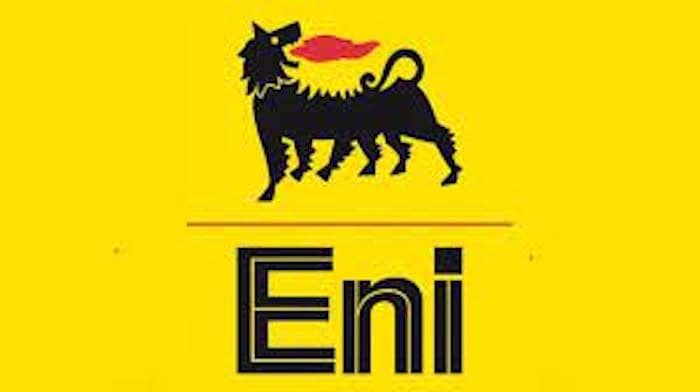
Eni and the Ministry of Mines, Oil and Energy of Côte d’Ivoire have signed in Abidjan the contracts for the acquisition of four new exploration blocks in the country’s offshore.
Recall that in August this year, the Italian multinational oil company finalised the divestment of its onshore oil and gas exploration and production subsidiary in Nigeria to Oando Plc for nearly $800 million.
The sale included 40 oil and gas fields, 12 production stations, three gas processing plants, the Brass River Oil Terminal, and the Kwale-Okpai power plants.
The sale was part of Eni’s strategy to rationalise its upstream activities by divesting non-strategic assets.
But the signing in Cote d’Ivoire, Eni said further consolidates its presence in the country, a statement released by the company said.
The blocks CI-504, CI-526, CI-706 and CI-708 cover a total area of about 5,720 square kilometres with a water depth ranging between 1,000 and 3,500 meters.
According to the oil major, their proximity to the Calao discovery, made in Block CI-205, represents a strategic opportunity to create further synergies in the area.
Under the agreements, Eni will be able to explore the area for up to nine years.
Eni has been present in Côte d’Ivoire since 2015 and currently has an equity production of around 22,000 barrels of oil equivalent per day.
The company already operates six blocks in the Ivorian deepwater: CI-101, CI-205, CI-401, CI-501, CI-801 and CI- 802, all with the same partner Petroci Holding.
Eni has made the two largest discoveries to date in the country, Baleine and Calao, and is in the process of significantly increasing its production.
Just one year after the start-up of Baleine Phase 1, the company is preparing for the launch of Phase 2, scheduled for this December 2024, bringing total production from the Baleine field to 60,000 barrels of oil per day and 70 million cubic feet of associated gas (equivalent to 2 million cubic meters of associated gas).
This, it said, will increase to 150,000 barrels of oil per day and 200 million cubic feet of associated gas during Phase 3, currently under study.
Read and Share
CONNECT WITH NANTSAK NEWS





